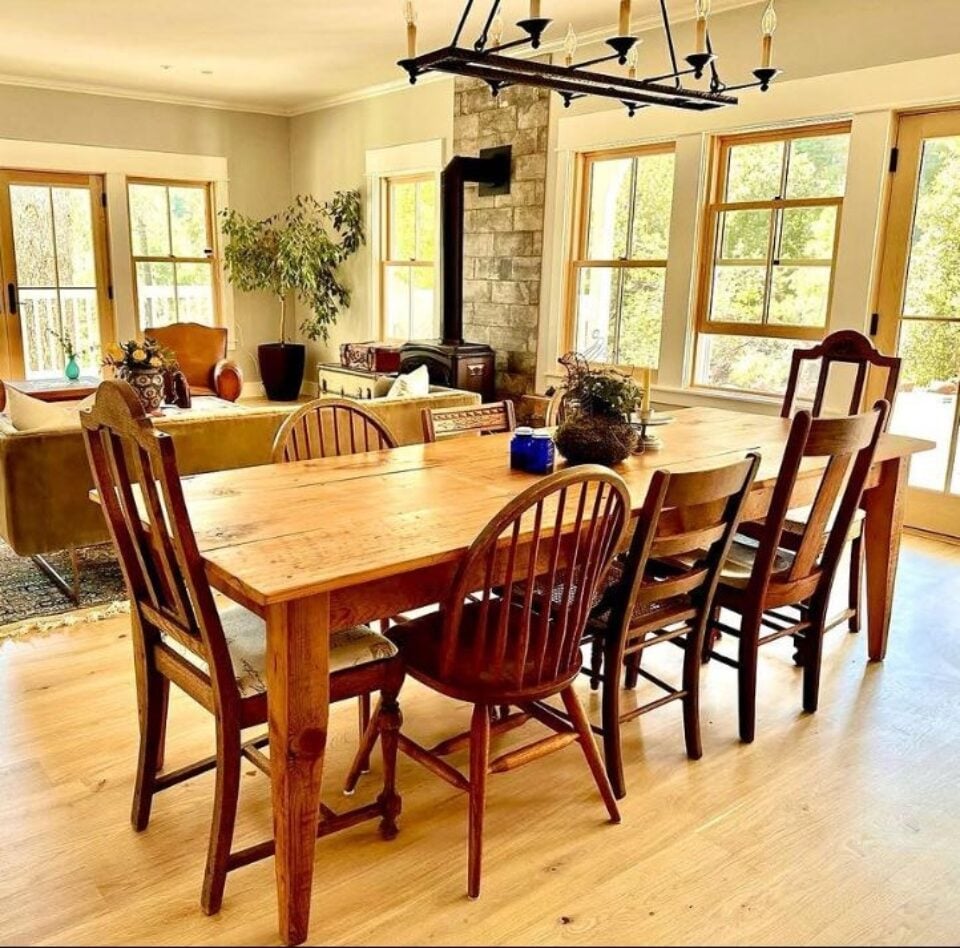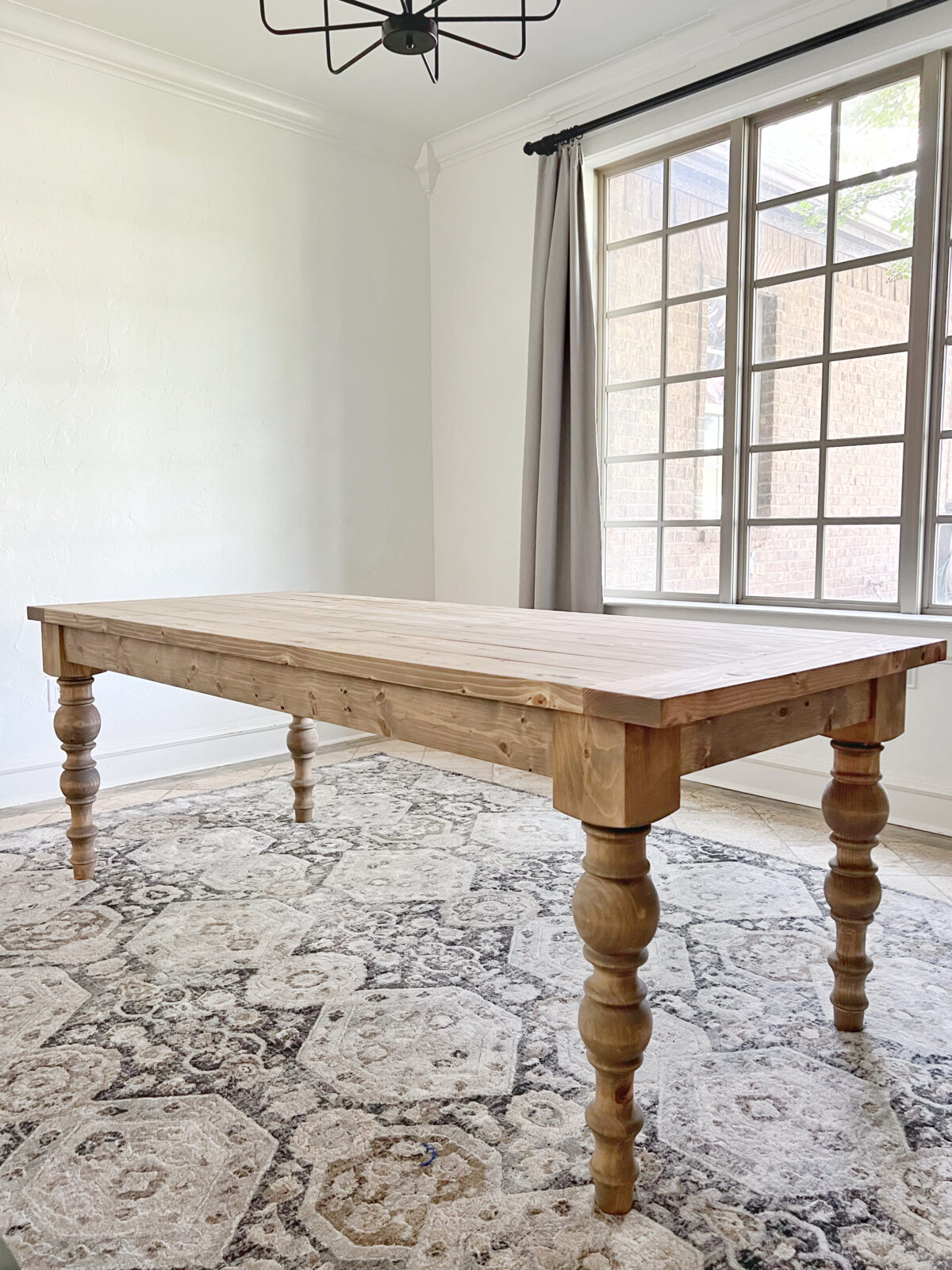Improve Your Dining-room's Aesthetic with High-Quality Dining Table Legs Wood
Improve Your Dining-room's Aesthetic with High-Quality Dining Table Legs Wood
Blog Article
Discovering the Different Kinds Of Eating Table Legs Wood for Your Eating Space
The option of dining table legs timber can greatly impact both the aesthetic and useful qualities of your dining room. Strong wood options, such as oak and walnut, offer a timeless look with unrivaled resilience, while crafted timber choices supply innovative styles that resemble the richness of natural grains.
Strong Wood Options

Furthermore, solid timber is renowned for its toughness and longevity. Unlike crafted materials, solid wood is much less vulnerable to warping and damages in time when properly maintained. This makes it an excellent option for family members or those that regularly host events. Each item of strong timber is unique, showcasing individual attributes that include to the beauty and personality of the table.
In addition, strong timber can be completed in many methods, varying from all-natural oils to stained coatings, permitting homeowners to individualize their furniture to match their style. In recap, choosing solid timber for dining table legs not only guarantees structural integrity however also enhances the visual appeal of the eating area, making it a beneficial investment for any home.
Engineered Timber Alternatives

Plywood, constructed from numerous layers of wood veneer, is particularly strong and stable, making it an outstanding choice for eating table legs. Its layered structure allows it to endure modifications in humidity and temperature better than conventional strong wood. MDF, on the other hand, offers a smooth surface area for painting or veneering, allowing designers to attain a polished appearance while preserving structural honesty.
When selecting engineered wood options, it is essential to consider the designated usage and preferred visual. These products not just enhance the functionality of dining areas but likewise enable for higher style adaptability, guaranteeing that standard and modern designs can exist together sympathetically.
Reclaimed Timber Features
Reclaimed wood uses a distinct blend of sustainability and character, making it an increasingly popular choice for dining table legs. Sourced from old barns, factories, and other frameworks, reclaimed timber personifies a background that new products just can not duplicate. Each piece carries its own tale, noted by distinctive flaws, knots, and varying grain patterns, which More about the author contribute to a table's distinct aesthetic allure.
Along with its aesthetic appeal, reclaimed wood is an ecologically pleasant choice. By repurposing formerly made use of materials, it lowers the need for brand-new lumber, hence assisting to conserve woodlands and decrease waste. This aligns with a growing customer preference for lasting methods in furnishings.
In addition, redeemed wood is frequently extra durable than freshly harvested timber because of its age. The all-natural drying out procedure that redeemed timber undergoes cause a denser and stronger product, making it less prone to bending and splitting. This boosts the longevity of eating tables, allowing them to hold up against the rigors of day-to-day use.
Softwood vs. Wood
When selecting eating table legs, comprehending the distinctions in between softwood and wood is vital for attaining both aesthetic and functional objectives. They usually display a more rustic look, making them ideal for country-style or laid-back dining rooms.
On the various other hand, hardwoods, sourced from deciduous trees like oak, cherry, and maple, are renowned for their density, toughness, and resilience. The intricate grain patterns and abundant shades of woods offer a innovative and ageless charm, making them suitable for official dining setups. While hardwoods often tend to be much more expensive and heavier, their durability against damage usually justifies the investment.
Eventually, the choice between softwood and hardwood for eating table legs should straighten with your style vision, usage demands, and budget plan, making sure that your eating room shows your personal style while remaining useful gradually.

Treatments and coatings
The aesthetic appeal and longevity of table legs can be substantially improved via various coatings and therapies. These processes not just safeguard the timber from damage but also raise its appearance, enabling it to complement diverse interior designs.
One typical treatment is tarnishing, which passes through the timber and improves its all-natural explanation grain while including color. Discolorations offer an abundant, elegant look, enabling property owners to match their furnishings with existing decor. Conversely, clear surfaces such as polyurethane or varnish develop a safety layer without changing the wood's initial shade, guaranteeing toughness against deterioration.
In navigate to this site addition, natural oils, like tung or linseed oil, nurture the wood and offer a refined shine, all while being environment-friendly. These oils enable the surface to take a breath, preventing dampness accumulation and potential warping.
For those seeking a rustic appeal, distressed or weathered finishes can be related to produce an aged appearance, adding personality to the piece. Eventually, the selection of surfaces and treatments depends upon personal preference, wanted visual appeals, and the specific wood type, making it necessary to take into consideration these elements when picking dining table legs for your space.
Final Thought
To conclude, the selection of table leg materials dramatically influences both the functional and aesthetic aspects of an eating area. Strong woods, engineered choices, and reclaimed choices each offer unique benefits, dealing with different preferences and needs. Comprehending the distinctions between softwoods and woods, in addition to appropriate surfaces and therapies, enables informed decision-making. Inevitably, the selection of wood kind ought to line up with preferred design, resilience, and ecological factors to consider, boosting the total dining experience.
The selection of dining table legs timber can exceptionally affect both the practical and aesthetic top qualities of your eating area - Dining Table Legs Wood. Solid wood options, such as oak and walnut, provide a classic appearance with unparalleled sturdiness, while crafted wood alternatives supply ingenious styles that imitate the richness of all-natural grains. Strong wood offers a classic quality that can elevate the overall style of a dining space. Each piece of strong timber is special, showcasing private qualities that add to the appeal and personality of the dining table
In addition, redeemed timber is commonly a lot more long lasting than newly collected timber due to its age.
Report this page